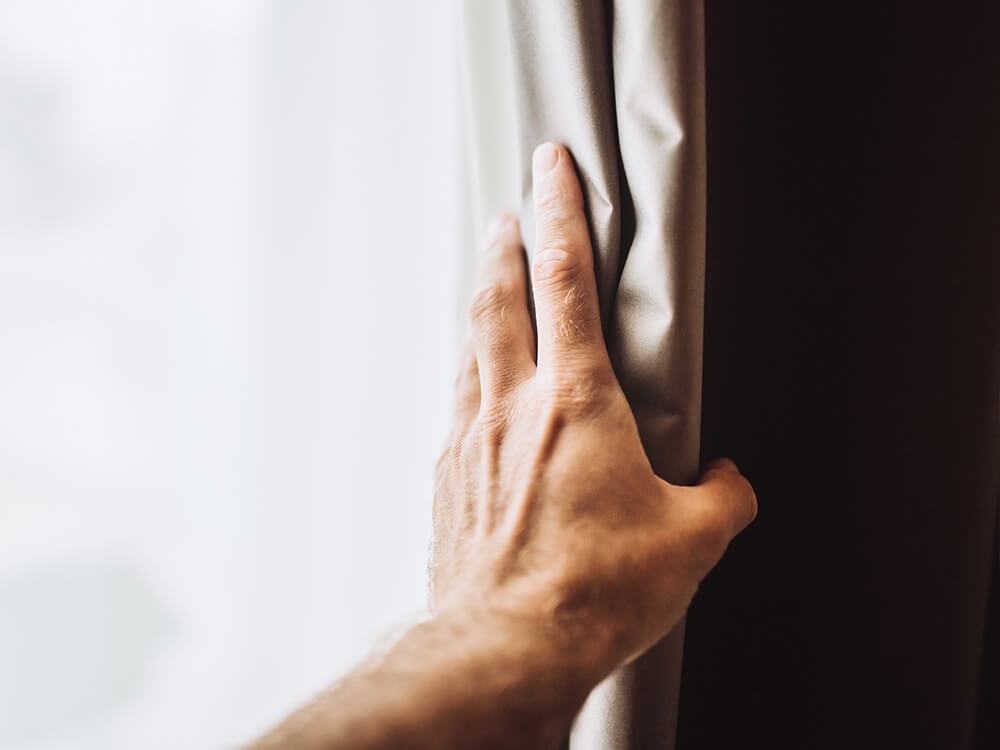Facts about Dupuytren’s Contracture: the tendons are NOT affected
It is a benign proliferation of a specific connective tissue that is rich in collagen and located beneath the skin of the palm — the **palmar aponeurosis**. The changes primarily affect the collagen of the palmar aponeurosis, leading to a transformation of the normal collagen type with an increased expression of another collagen type that contracts. As a result, the overlying skin also contracts, sometimes causing the fingers to bend inward.
Dupuytren’s contracture is harmless, likely hereditary, and in severe untreated cases can lead to significant deformities of the hand and fingers. There is no medication-based therapy for Dupuytren’s contracture; the best results are achieved through surgical removal of the affected palmar aponeurosis.
The surgery itself is quite demanding, as important nerves and blood vessels must be carefully preserved during removal of the palmar aponeurosis. If the fingers are also affected, Z-plasties or, in particularly severe cases, skin grafts may be required.
Successful treatment of Dupuytren’s contracture also involves intensive postoperative physiotherapy to mobilize the immobilized finger joints as early as possible and to promptly address a rare but painful complication known as Sudeck’s atrophy (a not yet fully understood reaction of the hand after surgery, characterized by pain, swelling, and burning sensations).
The costs of the procedure are, of course, covered by health insurance.
